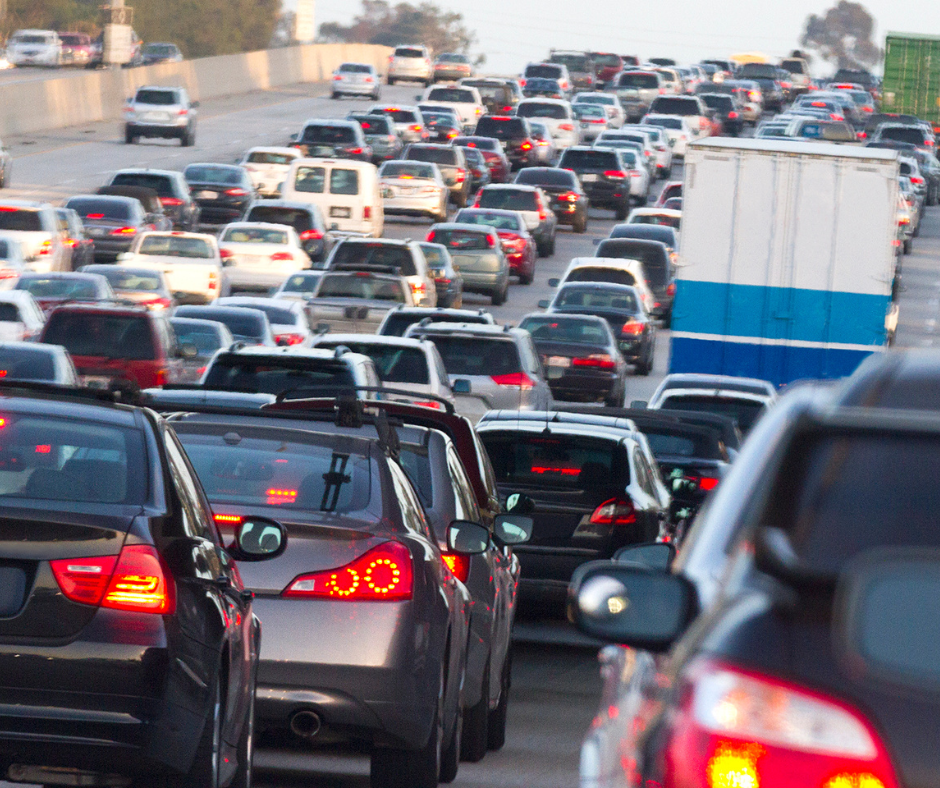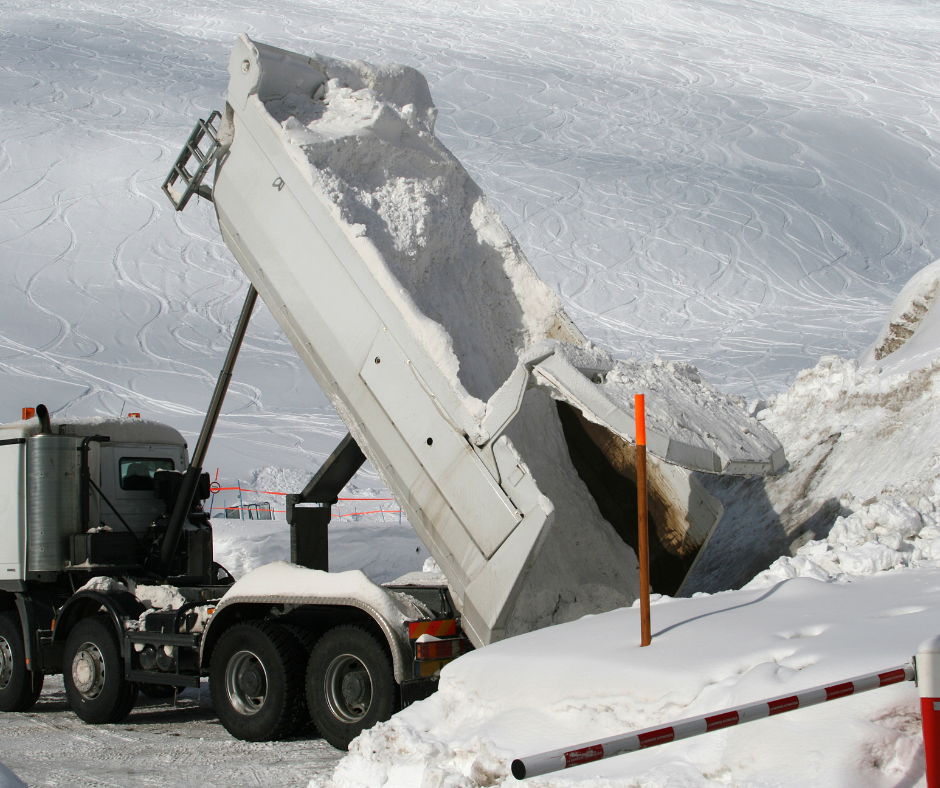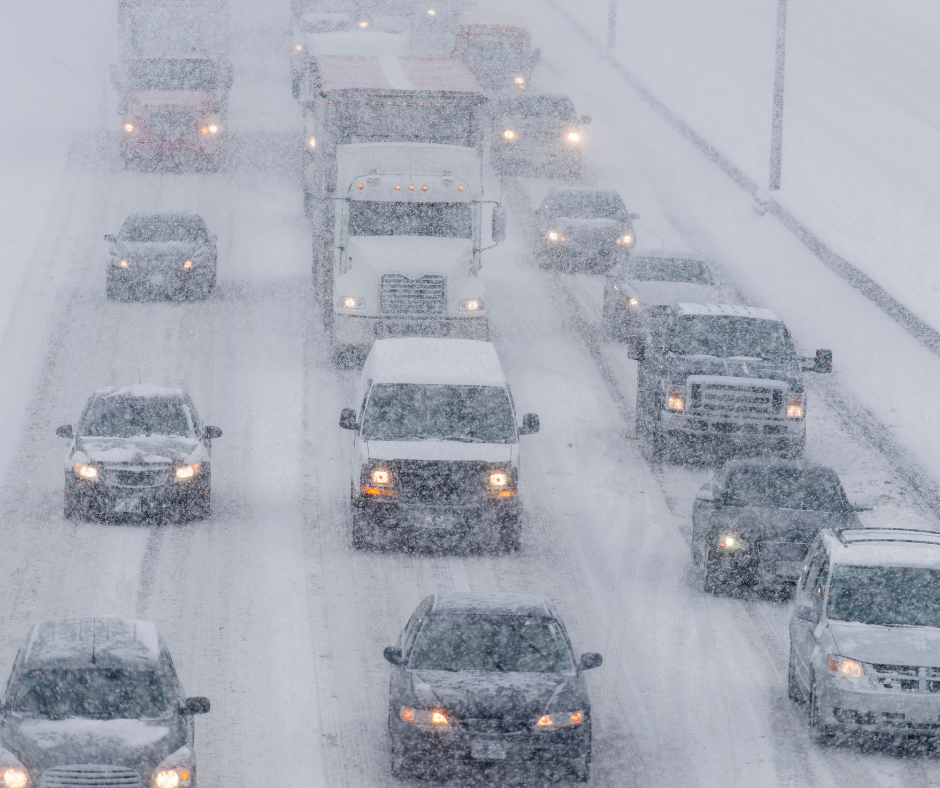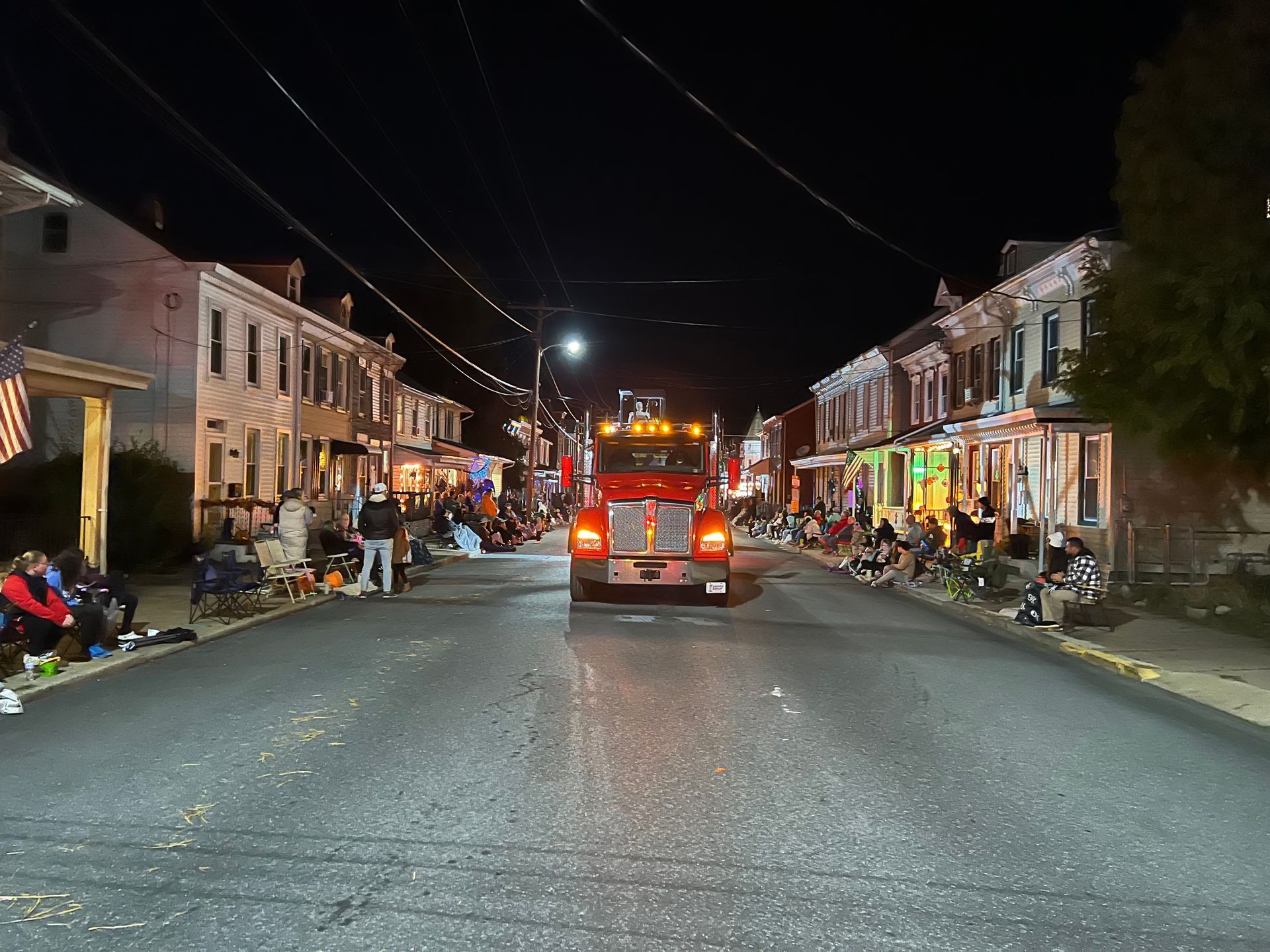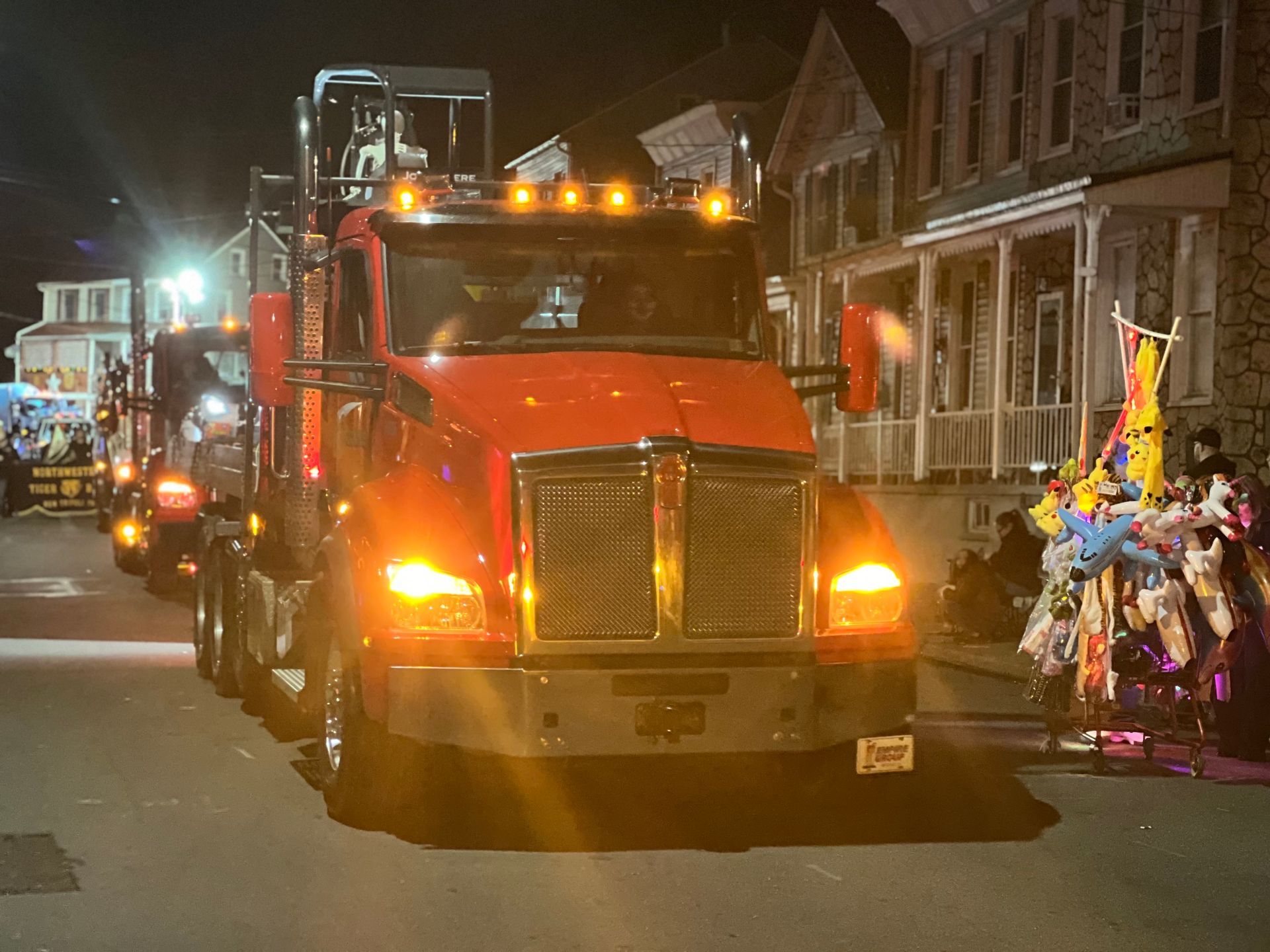A Sharp Rise in Tornadoes in the Northeastern US

When we think of tornadoes, we often associate them with the Midwest. However, tornado activity has increased in the Northeast, especially in Pennsylvania and New Jersey. With over 1,200 tornadoes occurring annually in the United States, it's crucial to understand their causes, impacts, and safety precautions, especially as we enter tornado season from May to July.
What Causes a Tornado?
A tornado is a rotating column of air that forms when warm, moist air near the ground interacts with cool, dry air aloft, coupled with wind shear. This instability creates the perfect conditions for a tornado to develop. It's important to note that all thunderstorms have the potential to spawn tornadoes. Tornadoes can manifest rapidly, with warning signs including a greenish sky, a distinct roaring sound, and debris falling from the sky.
Tornadoes in the Northeast
Tornadoes have been documented in the United States since the 1950s, with Pennsylvania experiencing at least one tornado in every county since then. Recent data shows an alarming increase in tornado frequency, with notable instances like the EF-5 tornado in May 1985. Recently, a tornado hit Mahanoy City, PA. It was the first one of the year in this part of the state. Similarly, New Jersey has seen a surge in tornado activity, with 48 tornadoes reported in the past five years alone. Factors like warmer weather interacting with cool air masses have contributed to a 600 percent increase in tornado occurrence across the Delaware Valley in the past five years.
Safety Measures During a Tornado
Whether you're at home, on the road, or at work, it's crucial to prioritize safety during a tornado. Seek shelter immediately by moving to the lowest level of a sturdy building and away from windows. If a basement or storm cellar isn't available, find refuge in the center of a small interior room on the lowest floor, such as a closet or hallway. In the event of a tornado while driving, avoid seeking shelter under bridges or overpasses; instead, drive to a low, flat location and park safely. If caught in a vehicle during a tornado, stay inside with your seatbelt on and cover your head with your arms or a coat.
As tornado season approaches in the Northeastern United States, it is essential to understand tornado causes, impacts, and safety precautions. By staying informed and prepared, we can mitigate risks and ensure the safety of ourselves and our communities. As part of our commitment to safety, DVC provides comprehensive training to its drivers to enable them to handle such situations effectively. Stay safe and alert during tornado season!
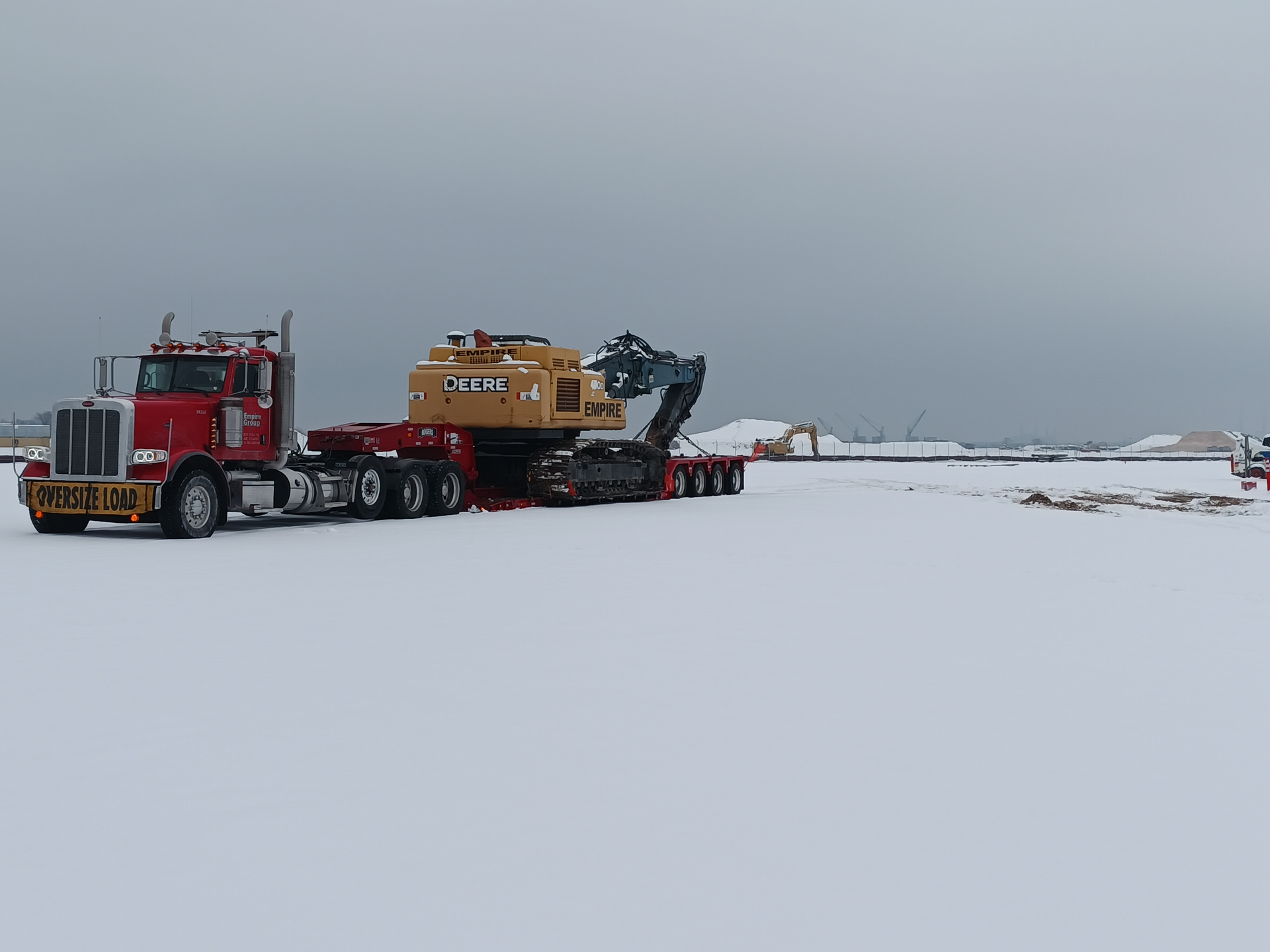

How DVC's Trailers Are Perfect for Transporting Mulch, Stone, Sand and Soil for Landscaping Projects

